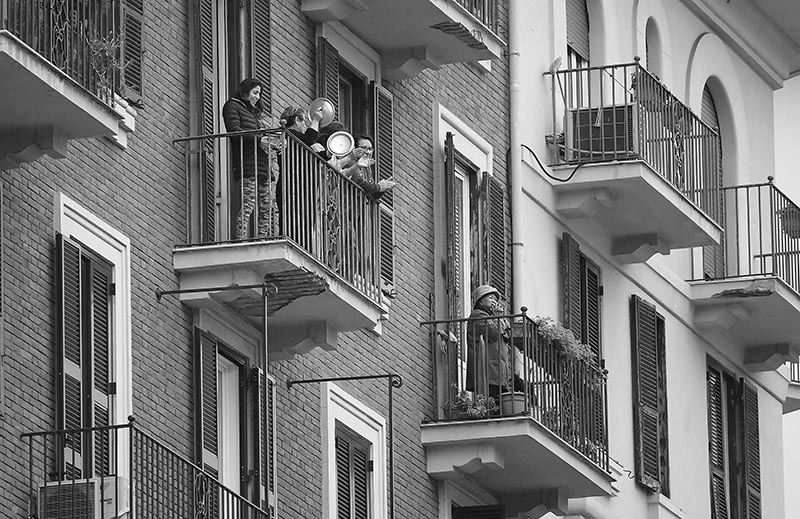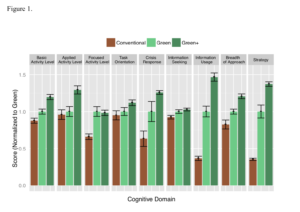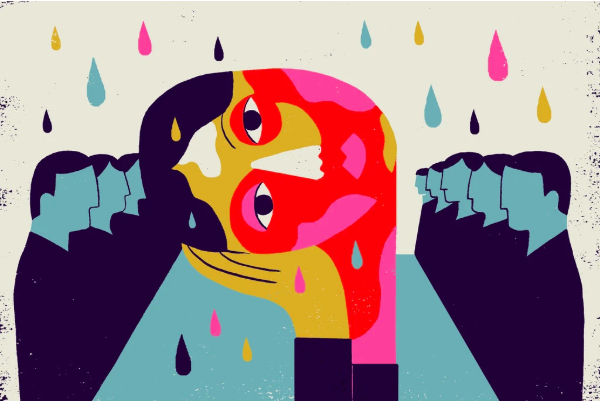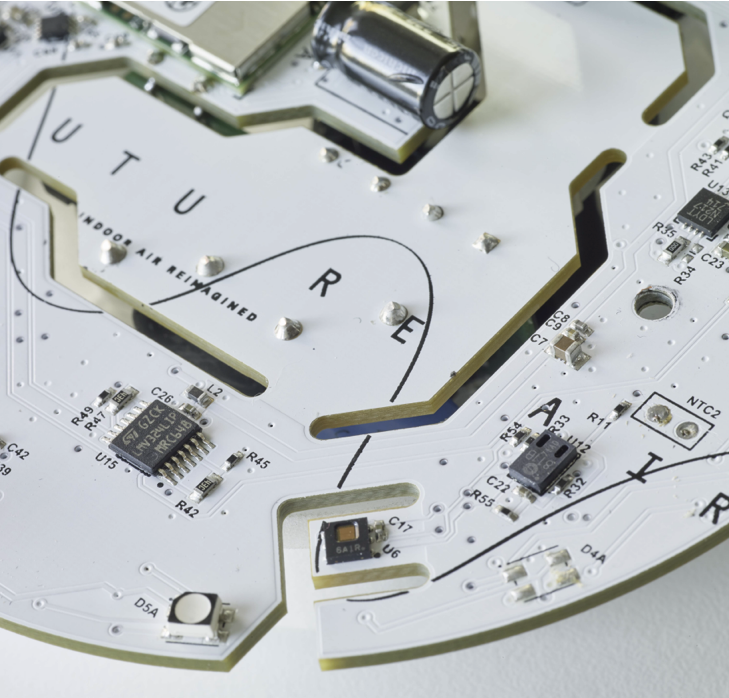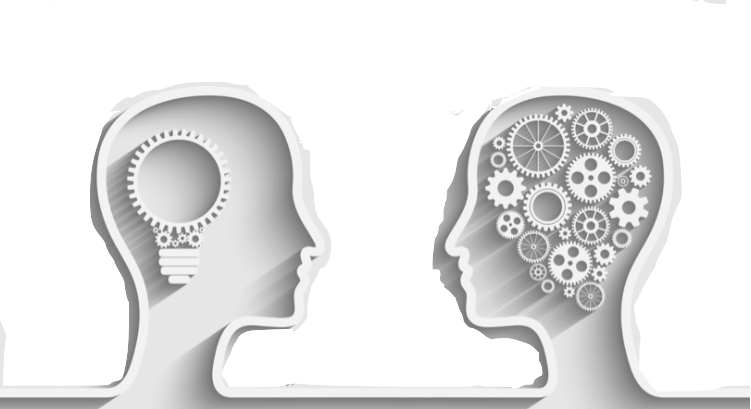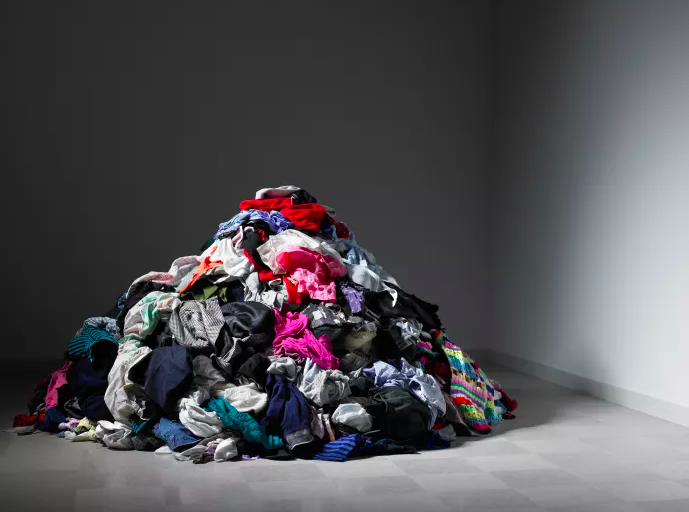Musings on Language and Culture
I remember a time in college when I believed that language could change the world. I thought if we altered our vocabulary we could alter our perspectives. A sort of reverse brain wiring. Although the relationship between language and brain development has been hotly contested, especially amongst psychoanalysts, I still believed in the power of language to shape perspective and culture. By now, I have come to accept language as a tool rather than the end. So, how do we choose words to reflect the future culture we want to see. How do we build the world we want to live in through language?
In working with FutureAir, I have come to recognize the importance of the moment we are in. FutureAir is more than a startup company designing a product to offer a solution to a problem. Beyond FutureAir’s utilitarian value, we are creating awareness. We are opening a door. Perhaps we are opening Pandora’s box, but it is a risk we are willing to take.
The idea of FutureAir is to reevaluate the spaces we spend the most time in and explore the effect of those environments on our health. As a society, since the post-Vietnam war era, we have turned attention toward outdoor air pollution. We have created ways to mitigate the human effect on air pollution. We have enacted measures and plans to counteract the effects of carbon emissions in the air. However, all the while we have been caring for the health of our planet, we have neglected to observe environmental issues closest to home–those within the home. How do the microclimates affect our human health?
What is Clean Indoor Air?
FutureAir is focused on indoor air. In fact, FutureAir hopes to consider indoor air as a resource like outdoor air, water, fossil fuels, etc. In considering indoor air a resource it becomes a part of the common.
In the capitalist American society we live and work in, the common has often become privatized to make a quick buck off exploiting people’s needs while simultaneously excluding low socioeconomic communities from access to resources. FutureAir does not claim to solve this ingrained issue, but we do profess to be a socially-conscious company.
With FutureAir, we are introducing a new resource to the market. The question is: how can we market and brand FutureAir to acknowledge the failures of modern architecture and the dangers of indoor air, while also making the company, and the resource of clean indoor air, inclusive?
Ultimately, everyone deserves access to clean indoor air and FutureAir’s Smart Air Manager™
will allow consumers to monitor the quality of air within their homes. However, FutureAir also hopes to share knowledge, generate awareness, and create behavior change. Perhaps the latter will be met through the language we utilize to shape our mission.
The Dictatorship on Words
On the morning of Martin Luther King Day 2019, I sat down to my computer to address some language choice issues on FutureAir’s one sheet. Co-founder and CEO, Simone Rothman, her daughter, Tess Gruenberg, and I were struggling over how to properly define the mission of FutureAir. We set out to figure out how FutureAir relates to indoor air. Initially, we called clean indoor air a luxury resource, however, luxury necessitated exclusivity, which is counter to the foundation of FutureAir. So, we discussed the novel idea of clean indoor air as, simply, a resource.
I came to realize that clean indoor air was indeed a resource like any other (i.e. air, water, solar, etc.). A resource is defined as a stock or supply of assets that can be drawn on to function effectively. Research has demonstrated the value of clean indoor air as a means for greater health and productivity amongst a workforce. Therefore, clean indoor air is something we need to function effectively. However, the difference between clean indoor air and other common resources listed before is the descriptive word “clean”.
The fact is, clean indoor air is not currently a given. Additionally, clean indoor air is limited. Workplaces, institutions, homes and other buildings have neglected to consider indoor air quality in building infrastructure at least since the 80s. Only in the 2010s have we seen a reversal of this negligent thinking. In FutureAir’s endeavor to bring awareness to the polluted nature of indoor air and provide a means to clean it, we are creating a resource that does not currently exist. It is a resource that comes out of deterioration and reckless development. It is a resource that comes out of decay; perhaps it rises from the ashes.
So the question remains, how do we frame clean indoor air as a resource when it is born from decay and not inherently abundant? How do we frame clean indoor air as a resource when it is a result of the man-made built environment? This brought an even deeper question: how do we, as a society, recognize nature as ubiquitous and not mutually exclusive from the man-made environment?
Ontologically…
As we parsed words on Martin Luther King day, I began to think about Martin Luther King, the master orator, and a MLK scholar I had seen speak at Colorado College in 2017, Russell Rickford. Rickford recited a poetic analysis of the “true” Martin Luther King versus the “King” that is socially acceptable, force-fed to us to the point of regurgitation.
The former King spoke of nonviolence but his orations threatened the status quo of society. He spoke of things that divided people in order to uplift Black Americans who had been oppressed and pushed to the fringes of society. He adamantly spoke out against imperialism and the war in Vietnam. He valued protest.
The latter King is white-washed and passive. He believes in love as the driving force behind unity. He is nonviolent to the point of non-threatening. He is the King we are enticed to remember in order to keep the rest of us silent.
The latter King is palatable, easy to digest for the people in society who benefit from capitalism, imperialism, and oppression. The latter King makes it seem as if equality has been achieved, and we all stand equal in society. The latter King paints a picture of inclusivity without one actually existing.
In Conclusion
The connection between MLK day and the word choice debacle with FutureAir is not to say that FutureAir’s issues are comparable to the Civil Rights Movement. But the lesson to be learned from King is about who dictates history. The people who write history are most often the ones who benefit from it.
In developing the FutureAir brand and creating a new resource of clean indoor air, we are in effect writing history. We are not alone in this process either. Other companies are also serving to create clean indoor air. In this crucial environmental moment, we have a choice between accessibility and exclusivity.
So much of the sustainable movement has been commodified. This is not to say that commodification is unnecessary or bad. However, commodification can result in exclusivity that makes the common inaccessible. Think bottled water. The difference between water and clean indoor air is that although both are currently limited, clean indoor air has the potential to be abundant.
Air, as a natural resource, affects us in the manufactured domain in the form of indoor air. In its current state, indoor air is polluted. Thus, clean indoor air is, in theory, a new resource. As a resource, it is by nature, common. FutureAir and others are working to introduce the importance of clean indoor air into society’s environmental consciousness so everyone has the opportunity to benefit from it.
Tools and means to achieve clean indoor air may be a luxury, but it is important to remember that knowledge itself does not have to be commodified. With FutureAir, we hope to choose words that express the common nature of clean indoor air, and more importantly, how critical clean indoor air is to human health. FutureAir’s Smart Air Manager™ is a tool, but it is not the end. At FutureAir we are creating a means to achieve the next indispensable resource: clean indoor air.
Written by Mollie Wodenshek for FutureAir
References
Rickford, Russell, “It’s time to reclaim the true Martin Luther King,” Washington Post, 2018.




